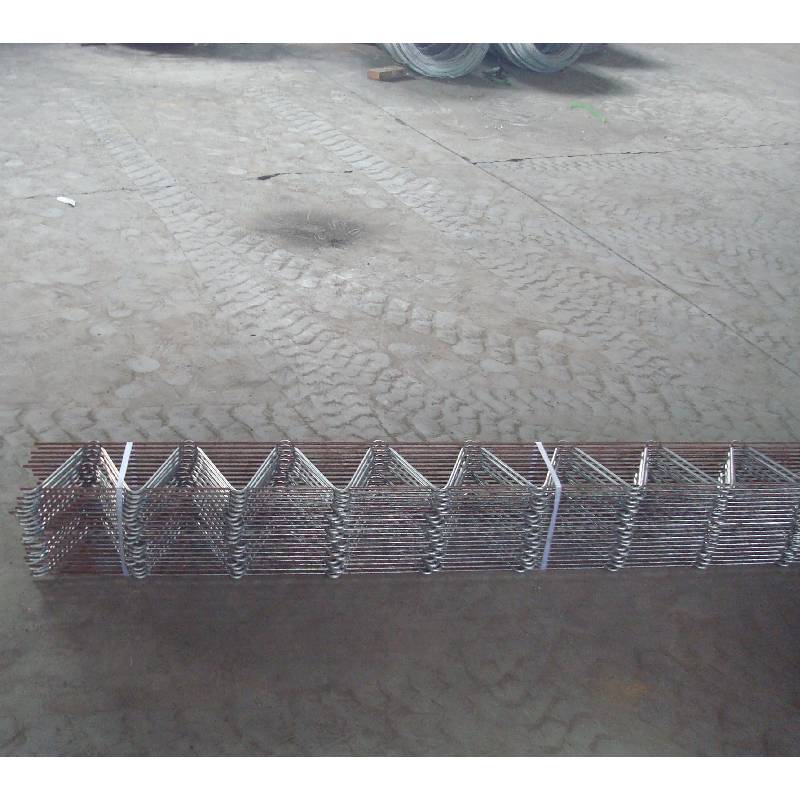
- Mobile Phone
- +8613931874955
- sales@cntcmetal.com
anchoring to brick veneer
Anchoring to Brick Veneer Techniques and Best Practices
Brick veneer is a popular choice in contemporary construction, providing both aesthetic appeal and functional durability. However, anchoring to brick veneer requires careful consideration to ensure structural integrity and longevity. This article will explore the various techniques and best practices for effectively anchoring to brick veneer.
Understanding Brick Veneer
Brick veneer refers to a construction technique where a thin layer of brick serves as a facade, covering structural elements like wood or metal frames. Although the face of the building boasts the timeless appeal of brick, the underlying materials vary based on design requirements and local building codes. Recognizing the unique properties of brick veneer is vital; the material, while attractive, presents challenges for securing fixtures and additional structures.
Selecting the Right Anchors
When anchoring to brick veneer, selecting appropriate anchors is crucial. Common types include
1. Masonry Screws Specifically designed for brick, these screws offer excellent holding power without the need for expansion anchors. They are typically self-drilling and can penetrate the brick effortlessly, making them a preferred choice for light to medium loads.
2. Expansion Anchors These are used for heavier installations, such as shelving or large fixtures. Expansion anchors expand within the drilled hole, gripping the brick firmly. However, care must be taken not to overload the brick veneer, as excessive force can cause cracking.
3. Adhesive Anchors For applications requiring minimal damage to the brick surface, adhesive anchors can be a viable option. These involve a resin that bonds with the brick to create a strong hold. They are particularly useful for smaller objects and when aesthetics are a concern.
Drilling Techniques
anchoring to brick veneer

Drilling into brick veneer demands precision and the right tools. Here are some tips
- Use a Masonry Drill Bit Ensure that you are using a drill bit specifically designed for masonry. Carbide-tipped bits are ideal for penetrating brick effectively.
- Mark the Spot Mark your drilling points accurately to ensure proper alignment. Use a level to avoid crooked installations.
- Control Drilling Speed Start with a low speed to prevent overheating, then gradually increase. Applying consistent, moderate pressure helps achieve clean holes without damaging the veneer.
Load Considerations
When anchoring, it's essential to consider the weight and load distribution. Brick veneer can handle moderate loads, but overloading it can lead to structural failure. When installing heavy items, distribute weight evenly and combine multiple anchors if necessary to enhance stability.
Sealing and Finishing
After installation, seal any exposed areas to protect against moisture penetration, which can lead to deterioration over time. Using a waterproof sealant will help to maintain the integrity of both the brick veneer and the anchor system.
Conclusion
Anchoring to brick veneer is an essential skill in construction and renovation projects. By understanding the appropriate anchors, techniques, and considerations for load management, builders can ensure secure and aesthetically pleasing installations. With careful planning and execution, the beauty of brick veneer can be effectively complemented by securely anchored fixtures, enhancing both form and function in any space.
share:
-
Understanding Wall Ties: Types and ImportanceNewsApr.28,2025
-
Top Products for Your Yard and Signage NeedsNewsApr.28,2025
-
The World of SpringsNewsApr.28,2025
-
Masonry Accessories: Essential for Building Strong FoundationsNewsApr.28,2025
-
Fencing Solutions for Every NeedNewsApr.28,2025
-
A Comprehensive Guide to Iron Wire for Your Construction NeedsNewsApr.28,2025
-
The Versatility of Wire Tension SpringsNewsApr.16,2025



















